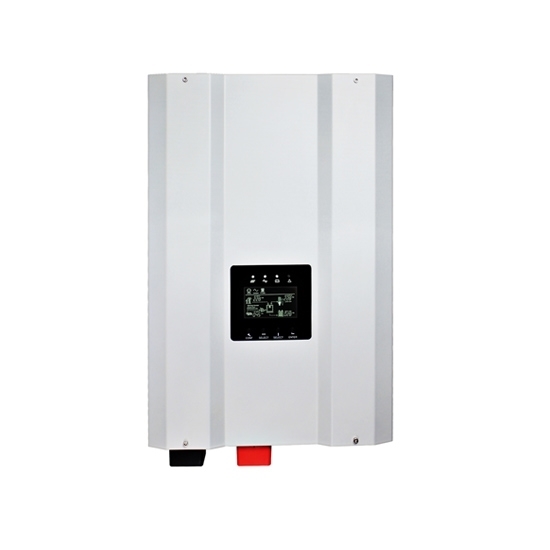
Today’s power inverters are safer than ever, with a number of features that help keep you out of trouble—such as a cooling fan, overload indicator, and automatic shutdown for those who ignore the indicator. Still, using a power inverter without first reading the manufacturer’s instructions can result in property loss, injury, and even death.
As with a generator, you’ll need extra gasoline to power your car in the event of a blackout. If you want to keep some extra fuel on hand, remember to store gasoline in a cool, well-ventilated area away from sources of heat or sparks. Don’t count on your local gas station to supply more when you need it. A power failure is likely to disable the station’s pumps.
Here are some other tips for safe use:
- Be sure the car that’s powering the inverter is outside, with the exhaust pointing away from the house and at least 15 feet away to minimize the risk of exhaust entering your home.
- Connecting the inverter to the battery or plugging cords into the inverter can cause a spark. Keep the inverter away from anything that releases flammable gases.
- Connect an inverter only to a car battery or remote terminals, never to your vehicle’s cigarette-lighter adapter or an AC power source. Although the cigarette-lighter adapter is 12-volt, it can’t supply enough current to run the inverter.
- Once you’ve connected the inverter, keep it as far as possible from the car’s engine compartment, in a cool, dry space. This keeps the device from overheating and prevents any fumes from igniting should the device spark.
- For anything you’ll connect, use only safety-approved extension cords, dry and undamaged, that are rated for at least 15 amps. Route them through a dry area where they cannot be pinched or crushed.
- Certain chargers, particularly for battery-operated portable devices that lack a separate transformer or charger, can be damaged if plugged into the inverter. These include flashlights, cordless razors, and electric toothbrushes.
- Not all cordless hand tools can be recharged using a power inverter, so check the owner’s manual that came with the tool before attempting to recharge the batteries. Some tools also carry a warning label that you should heed.
- Should the inverter’s internal temperature get too hot, the unit will likely shut down. Restart it only after it cools down. And if the overload indicator flashes a warning before the shutdown, you need to address whatever caused the overload before restarting.
